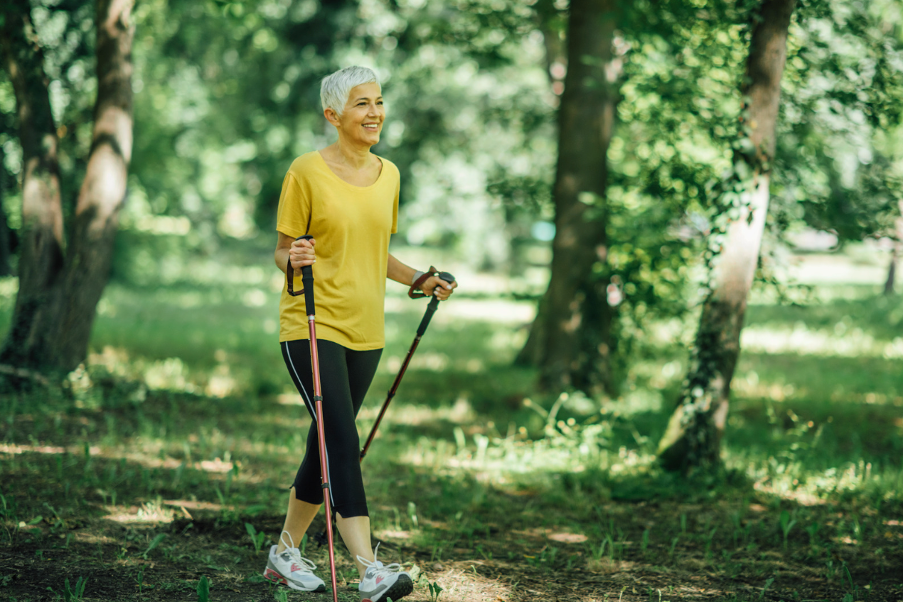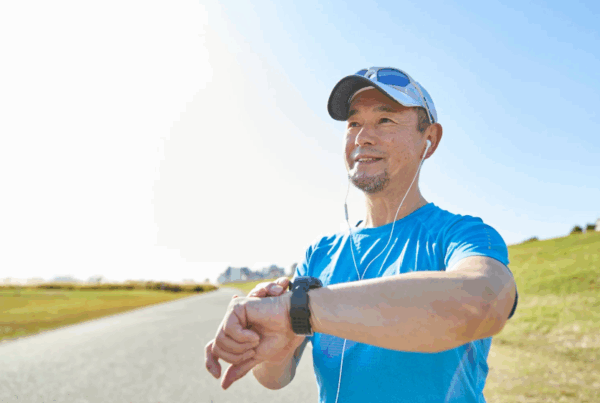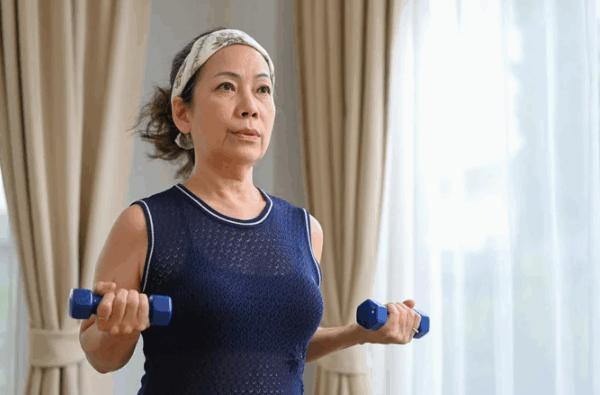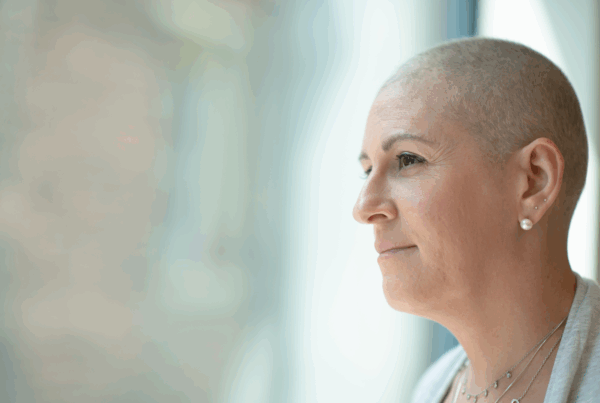Samantha* was a strong and determined woman, but her life was turned upside down when she was diagnosed with breast cancer in 2020.
Following a lengthy period including all kinds of treatment, she found that her illness was taking a toll on her in ways she never could have imagined. Almost one year after her diagnosis, she was waking up feeling exhausted, both physically and mentally. The fatigue would only worsen as the day went on, leading her to nap several times a day. Her once lively and active lifestyle was now filled with limitations, as she struggled to participate in recreational activities, daily living tasks, and of course work.
The physical exhaustion was compounded by the toll it was taking on her mind. Her concentration and processing capacity were greatly diminished, and even the simplest of tasks were now a challenge. Meetings and cognitive-based tasks only added to her fatigue, leaving her feeling drained and defeated. Despite her best efforts, Samantha’s energy levels would fluctuate, leaving her feeling like she was on a roller coaster. Some days, she would have bursts of energy and feel like herself again, only to crash and have her fatigue symptoms worsen afterwards. A pattern we know as “booming and busting”.
Samantha was keen to get back to life, including to her job as a bank manager, but it quickly became evident that Samantha needed some additional assistance to do this. This is where our Exercise Physiologist, James, came into the picture.
Meet James
James, being the thorough and efficient EP that he is, quickly got to work. He developed a holistic program for Samantha centred around small, specific goals that they developed collaboratively. Such as driving for up to 2-hours, getting to the gym twice per week and performing specific work tasks, like managing difficult conversations with customers. With the direction formed, they then set a starting point and over the next 8-weeks, moved toward those goals.
The EP program was run with what James calls “dual prescription” – i.e. a plan A and a plan B, to accommodate the varying symptoms that come with cancer recovery. Plan A incorporated resistance and/or aerobic activities such as home-based resistance activity and cardiovascular activity to drive function. Plan B incorporated low-load/intensity activities like yoga, pilates, stretching and relaxation strategies to offer options during times of increased stress and fatigue. Both plans aimed to improve function gradually whilst minimising the potential for exacerbations in fatigue.
Throughout the program, on-going education was provided regarding fatigue management, including pacing, task rotation, activity tracking, and of course our favourite tool, heart rate variability (HRV).
Back to work, and life!
Fast forward 8-weeks and Samatha’s narrative was sounding wildly different. She was still experiencing some fatigue symptoms yes, but she now felt empowered through self-directed strategies to manage these symptoms so they didn’t stop her from living her life. This ability to take control of her energy levels, paired with improvements in fitness, meant that she achieved some fantastic results, including:
– Improved perceived task confidence from 12/50 to 39/50
– Improved quality of life score by 50% (from 15% to 65%)
– Improved fatigue score by 49% (reduced from 71 to 36/84)
Due to her progress, Samantha was back at work part-time (10 hours per week) by the end of the program with a full-time return to work in sight. To top it all off, despite thinking it wasn’t a possibility at the start of the program, hence not including it in her initial goals, she even had 9 holes of golf in her calendar for the following month – how good is that!?
Samantha’s successful outcome is a shining example of our commitment to helping people regain independence and vitality, proving that we mean every word when we say we get people back to work, and life.
*Name changed for privacy
Author: Tessa Nielsen
Clinical Exercise Physiologist and Content Creator at Specialised Health
#exercisephysiology #exerciserehab #rehabilitation #lifeinsurance #incomeprotection #ctp #workcover #mobile #mobileexercisephysiology #fatigue #mentalhealth #cancer #musculoskeletal #injury #pain #physio #physiotherapy #Sydney #Brisbane #Melbourne #Adelaide #Auckland #Waikato #BayofPlenty #Wellington #Otago #Christchurch



